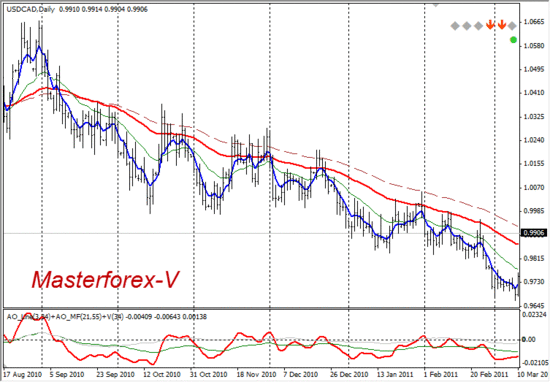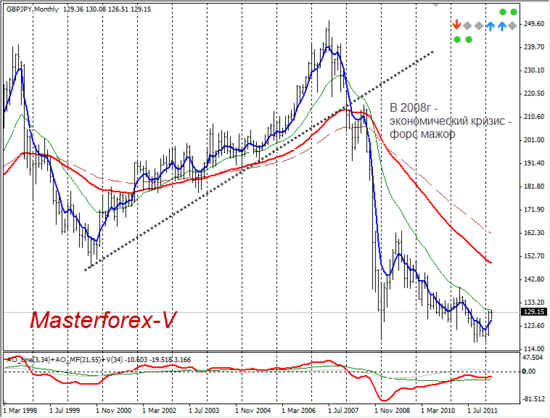To trade on the Forex (currency) and Exchange (stocks, futures, bonds, options, stock index) you need to learn two methods of market analysis
1. Technical Analysis (TA) - is the study of charts.
2. Fundamental Analysis (FA) - a study of economic and political development of the country
Fundamental analysis determines whether the currency will be rising or falling down (Long Term)
Fundamental analysis is the study of economic, industry, and company conditions in an effort to determine the value of a company's stock. Fundamental analysis typically focuses on key statistics in a company's financial statements to determine if the stock price is correctly valued.
Some people will find a discussion about fundamental analysis on forum which mostly speaks about peculiar technical analysis, but the two theories are not as different as many people believe. It is quite popular to apply technical analysis to charts of fundamental data, for example, to compare trends in interest rates with changes in security prices. It is also popular to use fundamental analysis to select securities and then use technical analysis to time individual trades. Even diehard technicians can benefit from an understanding of fundamental analysis (and vice versa).
Is it measured by the rate of economic development?
Most fundamental information is focused on economic, industry, and company
Statistics
- GDP - Gross Domestic Product (GDP)
- Industrial production - Industrial production
- PPI - PPI
- Current account balance - Balance of Payments
- Trade balance - Balance of Trade
- Unemployment rate - The rate of unemployment and others.
Overall market considers data for several tens of macroeconomic indicators.
Tip experienced traders of Masterforex-V: you should just remember how the markets react to the events of certain economic indicators:
The higher is the positive rate for each of them (except the unemployment rate - it is vice versa), the better is for the economy and the growth of its currency.
Therefore, during the growth of the World Economic, the economies like the UK, Australia, Canada, New Zealand are growing faster than the U.S., hence these currency pairs show the following:
- Growth - if the currency is the first in the list before the USD - GBP/USD; AUD/USD, etc.
- The fall - if the currency is second on the list after the U.S. Dollar USD/CAD
Example: A comparison of the rate of economic development of the USA and Canada = drop of the currency pair USD/CAD (U.S. Dollar to Canadian Dollar falls, that's why the National Bank of Russia wants a portion of their foreign exchange reserves to be kept in Canadian Dollars)
Growth of stock indices
Every major country has its own stock exchange. Stock indexes in these countries show the status of big business. They include the value of the shares of the leading companies in the country, which means that indexes give us an opportunity to learn rise or fall in the share of price of these companies.
You should understand that the simultaneous drop in shares of major companies in the country points out the problems in the economy of this country.
- In the U.S. - the Dow Jones 30, S & P 500, NASDAQ
- England - FTSE-30 (the index shows the arithmetic average rate change of stock 30 biggest company’s of UK) and the FTSE-100
- Japan's Nikkei-225 (same as on the stock prices of 225 leading companies in Japan)
- In Germany DAX-30 (similar to 30 companies of Germany)
- France - CAC - 40
- In the Netherlands AEX - 25
- In Russia - MICEX and RTS
The discount rate of the National Bank of the country
Example, in 2000 and 2007 with a stable economic development in the UK, New Zealand and Japan, there are different interest rates on deposits.
- In England, 7.50% per annum
- In New Zealand 7.50%
- In Japan, 0.50%
As a consequence, a bull trend for the currency pair GB /JPY and the New Zealand Dollar/Yen
In 2008 - the Economic Crisis - force-majeure.



